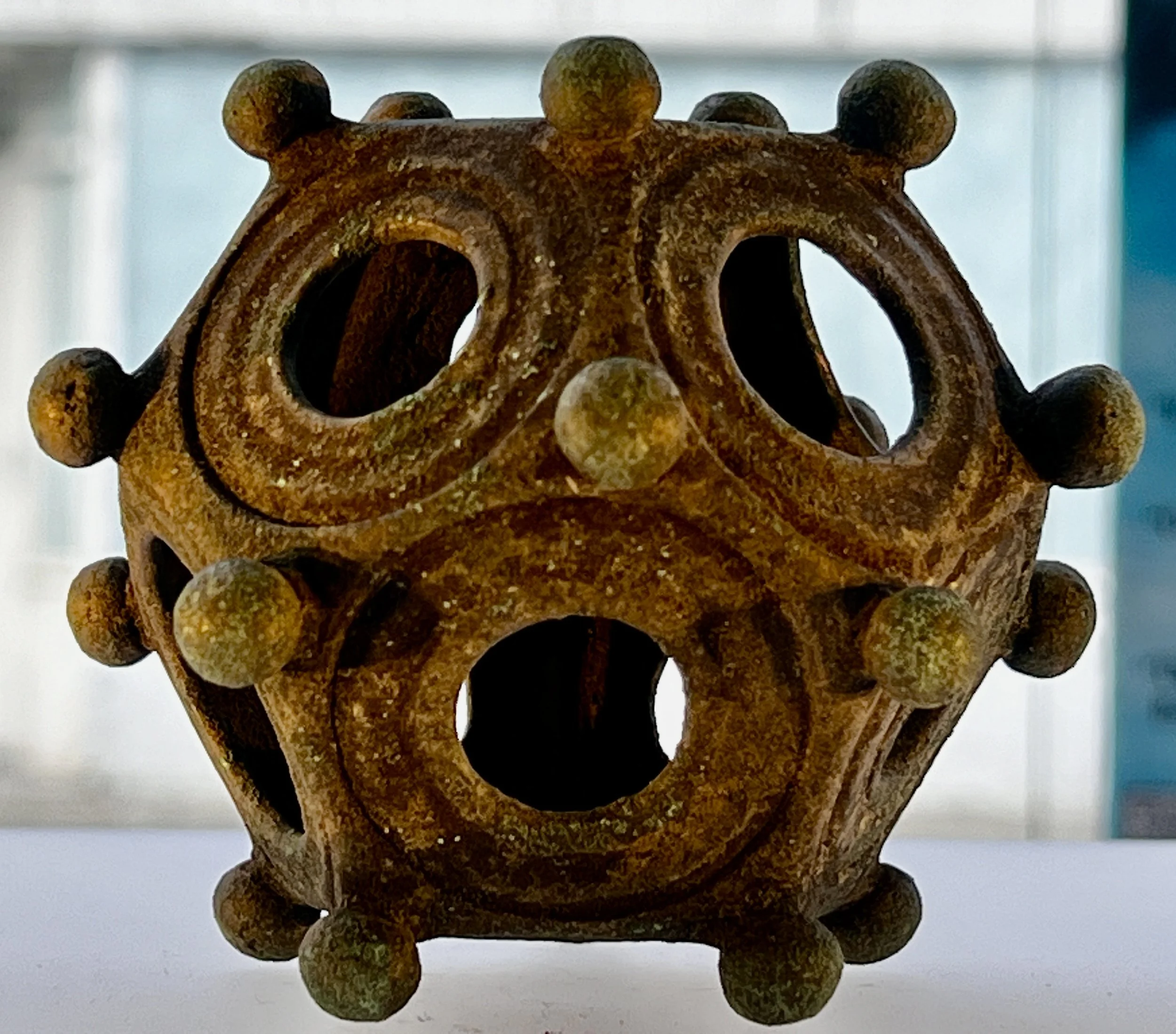In the annals of history and archaeology, there exist certain artifacts that continue to defy our understanding, transcending time and baffling researchers for centuries. The Roman dodecahedron is one such enigma, a mysterious 12-sided metal object that has left experts pondering its purpose. With over 100 of these peculiar objects discovered across Europe, their true function remains shrouded in uncertainty. In a recent excavation in the serene village of Norton Disney, England, another Roman dodecahedron emerged from the depths of history, reigniting the intrigue surrounding these ancient relics.
The Remarkable Discover
An astonishing discovery occurred during a two-week dig that the dedicated volunteers of the Norton Disney History and Archaeology Group led. Nestled beneath the soil of Norton Disney, in the heart of Lincolnshire, an archaeology enthusiast stumbled upon this grapefruit-sized wonder. Richard Parker, the group's secretary, described it as "the find of a lifetime." This particular dodecahedron, unlike many others found fragmented or damaged, had survived the ravages of time, remaining intact for over 1,700 years.
The Intricate Design
The Roman dodecahedron is a hollow, copper alloy object with 12 flat sides adorned with circular cut-outs and studs at each corner. It is a testament to exquisite craftsmanship, meticulously crafted to a high standard. This newly discovered dodecahedron stands out not only for its exceptional condition but also for its size, dwarfing some of its counterparts that are as small as golf balls.
Norton Disney History and Archaeology Group
The Perplexing Puzzle
Despite their abundance in archaeological finds, the purpose of Roman dodecahedrons continues to elude us. These objects, which date back as early as the first century C.E., defy explanation due to the absence of visual or textual references in historical records. Various theories have emerged, speculating that they could have served as measuring devices, calendars, ornamental scepter toppers, weapons, or tools. However, these hypotheses are fraught with challenges and unanswered questions.
A Window into Ancient Rituals
The Norton Disney History and Archaeology Group, in alignment with experts from Belgium's Gallo-Roman Museum, leans towards a different interpretation. They propose that these dodecahedrons may have played a role in ritualistic or religious practices. In a society steeped in superstition, these objects could have been used in magical rituals. The absence of historical records documenting dodecahedrons may be attributed to the Roman Empire's eventual embrace of Christianity, which led to the prohibition of magic. Practitioners would have kept their rituals and related objects hidden from scrutiny.
The Roman dodecahedron, with its mystifying origins and uncertain purpose, continues to hold sway over the curious minds of historians, archaeologists, and enthusiasts alike. The recent discovery at Norton Disney adds another layer of complexity to this enduring enigma. As it now stands on display in the nearby National Civil War Center: Newark Museum, we can only hope that further scientific investigations will shed light on the secrets concealed within its intricate design, unraveling the ancient rituals and practices that it may have been a part of. Until then, the Roman dodecahedron remains a testament to the enduring mysteries of our rich historical tapestry.








